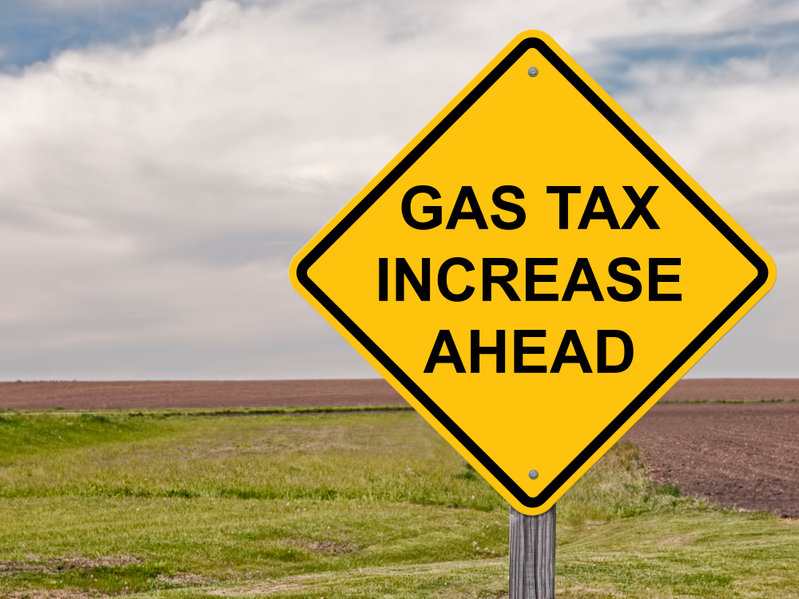Virginia voters, taxpayers, and ratepayers should know that if Abigail Spanberger becomes their next governor, they will pay higher energy costs that will show up on their utility bills and everyday purchases.
Spanberger made this clear during a podcast last year when she told a political science professor that as governor she would have the state rejoin a climate change initiative built around “cap and trade” regulations and carbon taxes.
While Spanberger is committed to the carbon tax plan, Lt. Gov. Winsome Earle-Sears, her Republican opponent, supported Gov. Youngkin’s decision to withdraw. Given how costly RGGI (Regional Greenhouse Gas Initiative) was to Virginia residents and how costly it could become in the future, the candidates’ divergent positions could become a major campaign issue.
Glenn Youngkin, the incumbent Republican governor, withdrew Virginia from the Regional Greenhouse Gas Initiative (RGGI) in 2023 after describing the program as a “regressive tax on families and businesses.” A circuit court judge ruled last November that Youngkin’s actions were unlawful. But the state will remain outside of RGGI pending Youngkin’s appeal of that ruling. The outcome of this year’s gubernatorial election could also determine RGGI’s future in Virginia.
Higher Costs Without Environmental Benefits
RGGI currently includes 11 New England and Mid-Atlantic states where government regulators impose an upper limit, or “cap,” on the amount of carbon dioxide emissions that power plants can emit. The initiative also creates “allowances” within interstate auctions that may be traded back and forth among companies subjected to the emission caps. The “cap and trade” plan adds a carbon tax to the price of fossil fuels that gets passed along to residents. Virginia joined RGGI in 2020 under Democratic Governor Ralph Northam, who signed off on legislation from the Democrat-controlled General Assembly. Virginia became the first Southern state to join the initiative. Since then, RGGI has not worked as advertised.
David Stevenson, director of the Center for Energy & Environment at the Caesar Rodney Institute in Delaware, took a deep dive into the impact RGGI had on Virginia in public comments he delivered on behalf of Youngkin’s decision to exit the initiative in March 2023.
Virginia electric generation fell 12% in 2022 compared to 2020. Power imports from the regional grid grew from 12% of demand to 30%, and that grid expects power shortages by 2030. In state CO2 emissions fell by 6.6 million metric tons from 2020 to 2022, but increased electricity imports increased emissions 10.3 million tons elsewhere for a net 3.7 million ton increase. Meanwhile the $523 million in RGGI revenue will be added to electric bills while in state generators lost $840 million in electric generation revenue. Over a decade the RGGI could cost Virginia $25 billion. Virginia needs to leave RGGI behind.
RGGI failed to reduce emissions in Virginia—and created a net increase—while raising energy costs for consumers. As Stevenson explains, any CO2 reductions that occurred in Virginia were more than offset by the higher costs of importing power from states not part of RGGI. Since Spanberger sounds determined to put Virginia back into the initiative, voters should demand she address the rising costs of those carbon auctions.
Stevenson pulled together figures from RGGI that showed allowance prices averaged $13.46/ton in 2022 and ended the year at $13, resulting in $128 million in costs added to electric bills. RGGI anticipates that these prices could rise to as much as $24/ton by 2030.
“It would be a priority for me to get Virginia into RGGI…” Spanberger said during the podcast. She claims the multi-state climate agreement would enable Virginia to “meet clean energy goals.”
But the facts and figures Stevenson presented indicate that the Spanberger-backed carbon tax scheme would raise energy costs in Virginia without producing any environmental benefits.
There’s another problem Stephen D. Haner, a senior fellow for environment and energy policy at the Thomas Jefferson Institute for Public Policy, has highlighted in his research. RGGI would put Virginia in a position where it would become more dependent on imports from other states. This would be particularly true, Haner warns, when wind and solar experience enter low production phases.
Do They Hate Reliable Energy?
Spanberger’s support for carbon taxes is very much in step with the anti-energy posture she assumed as a member of Congress. Some key examples include Spanberger’s vote against a bill that would have ended efforts to ban gas powered cars at the expense of consumers. Spanberger also voted down a bill that called for the Department of Energy to consider the cost-effectiveness of any new policy standards. Under the legislation, the department would also need to account for how mandated home appliance updates affect low-income families.
A decision to rejoin RGGI would come at a steep price for Virginia families since they are already contending with the fallout from the Virginia Clean Economy Act (VCEA), a.k.a. the Virginia Green New Deal. As Restoration News previously reported, Haner is expecting an almost 50% increase for Virginia ratepayers within the next two years based largely on green energy mandates of the VCEA, which went into effect in 2020.
If elected governor, Spanberger seems poised to deliver a one-two punch against Virginia ratepayers by imposing RGGI’s carbon taxes on top of the already spiraling costs of the VCEA. This opens up a weakness for Winsome Earle-Sears to hammer in the upcoming campaign.
This article originally appeared at Restoration News
